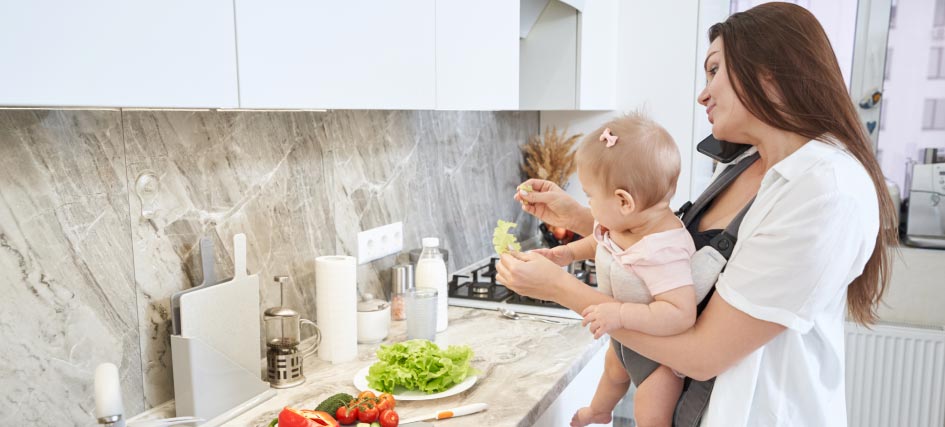Blog
Installing Artificial Stone in Your New Home? Be Careful of the Dust of Death
If you’re prepping to build a new home, your architect or general contractor may convince you to use artificial stone instead of natural stone so that they can conveniently cut down on construction costs.
 However, there are many perils of using artificial stone that you should be aware of. Let’s go through the drawbacks of using artificial stone, one by one.
First of all, artificial stone is notorious for its lack of durability. Since this type of stone is made from a lightweight concrete mixture, it tends to break or chip. It’s quite noticeable when this happens.
Manufacturers of such stones also do not color their concrete properly and hence, when this stone is broken or cut open, it is glaringly obvious that this material is made from concrete.
In this aspect, natural stone is impervious to scratching and fading because it’s colorfast. Cut open or break natural stone and more natural stone will reveal itself.
Secondly, the synthetic stone is cast in a limited number of molds. The larger the area covered, the more repetitive the pattern becomes, making it apparent that the material is fake! In fact, in many specific climate conditions, man-made stone can shrink or expand over time, resulting in cracks and mortar gaps.
Thirdly, artificial stone has high moisture absorption characteristics which means it shouldn’t be installed down to the ground. Doing so can create an unattractive appearance and highlight the fact that the material is not real.
Another side-effect of using artificial stone which we will cover in this blog is the most important and damage-causing. You see, slabs made from synthetic stone have garnered popularity among consumers because of their cheap cost as of late. The slabs are composed of crushed quartz and bound by a plastic resin. Using Artificial Stone in Your Home Is Highly Dangerous.
When they are cut, crystalline silica particles are released that can kill workers who inhale them. These particles are a hundred times smaller than a grain of sand and have the ability to travel deep into the lungs of the workers, causing scarring that continues even after exposure stops. This results in slow suffocation from silicosis – an incurable illness.
The symptoms are not conspicuous at first but can progress into a slow, dry cough that can hamper one’s ability to walk, run or even talk. This illness affects the lungs significantly, turning them mostly white (as seen on many X-rays) due to the inhalation of silica dust. The destruction of normal lung tissue is inevitable in such cases.
The good news is that this illness is easily preventable. However, it’s also an “old” disease, meaning it affected quarrymen in ancient Greece too. It also claimed the lives of miners, foundry workers, and sandblasters in the United States throughout the 20th century.
Unfortunately, this illness is seeing a strong comeback in countertop fabrication workers of the 21st century as well, with cases spanning as far as America and Australia.
When it comes to solutions, wearing disposable masks at the work sites doesn’t help. That’s because they can get clogged with dust after an hour or two and are practically useless thereafter. Using Artificial Stone in Your Home Is Highly Dangerous.
The harsh truth is that the silica powder that’s released in such circumstances is so fine that most of the time, the workers don’t notice the physical damage it has caused until it’s too late.
The conclusion? Forego the artificial stone for your home’s countertops or benchtops. The best alternative out there is to use natural stone with low or no silica. This is where Tirupati stones like marble and granite come into the picture.
Contact us today for a consultation and save yourself and your home from the dust of death.
However, there are many perils of using artificial stone that you should be aware of. Let’s go through the drawbacks of using artificial stone, one by one.
First of all, artificial stone is notorious for its lack of durability. Since this type of stone is made from a lightweight concrete mixture, it tends to break or chip. It’s quite noticeable when this happens.
Manufacturers of such stones also do not color their concrete properly and hence, when this stone is broken or cut open, it is glaringly obvious that this material is made from concrete.
In this aspect, natural stone is impervious to scratching and fading because it’s colorfast. Cut open or break natural stone and more natural stone will reveal itself.
Secondly, the synthetic stone is cast in a limited number of molds. The larger the area covered, the more repetitive the pattern becomes, making it apparent that the material is fake! In fact, in many specific climate conditions, man-made stone can shrink or expand over time, resulting in cracks and mortar gaps.
Thirdly, artificial stone has high moisture absorption characteristics which means it shouldn’t be installed down to the ground. Doing so can create an unattractive appearance and highlight the fact that the material is not real.
Another side-effect of using artificial stone which we will cover in this blog is the most important and damage-causing. You see, slabs made from synthetic stone have garnered popularity among consumers because of their cheap cost as of late. The slabs are composed of crushed quartz and bound by a plastic resin. Using Artificial Stone in Your Home Is Highly Dangerous.
When they are cut, crystalline silica particles are released that can kill workers who inhale them. These particles are a hundred times smaller than a grain of sand and have the ability to travel deep into the lungs of the workers, causing scarring that continues even after exposure stops. This results in slow suffocation from silicosis – an incurable illness.
The symptoms are not conspicuous at first but can progress into a slow, dry cough that can hamper one’s ability to walk, run or even talk. This illness affects the lungs significantly, turning them mostly white (as seen on many X-rays) due to the inhalation of silica dust. The destruction of normal lung tissue is inevitable in such cases.
The good news is that this illness is easily preventable. However, it’s also an “old” disease, meaning it affected quarrymen in ancient Greece too. It also claimed the lives of miners, foundry workers, and sandblasters in the United States throughout the 20th century.
Unfortunately, this illness is seeing a strong comeback in countertop fabrication workers of the 21st century as well, with cases spanning as far as America and Australia.
When it comes to solutions, wearing disposable masks at the work sites doesn’t help. That’s because they can get clogged with dust after an hour or two and are practically useless thereafter. Using Artificial Stone in Your Home Is Highly Dangerous.
The harsh truth is that the silica powder that’s released in such circumstances is so fine that most of the time, the workers don’t notice the physical damage it has caused until it’s too late.
The conclusion? Forego the artificial stone for your home’s countertops or benchtops. The best alternative out there is to use natural stone with low or no silica. This is where Tirupati stones like marble and granite come into the picture.
Contact us today for a consultation and save yourself and your home from the dust of death.




